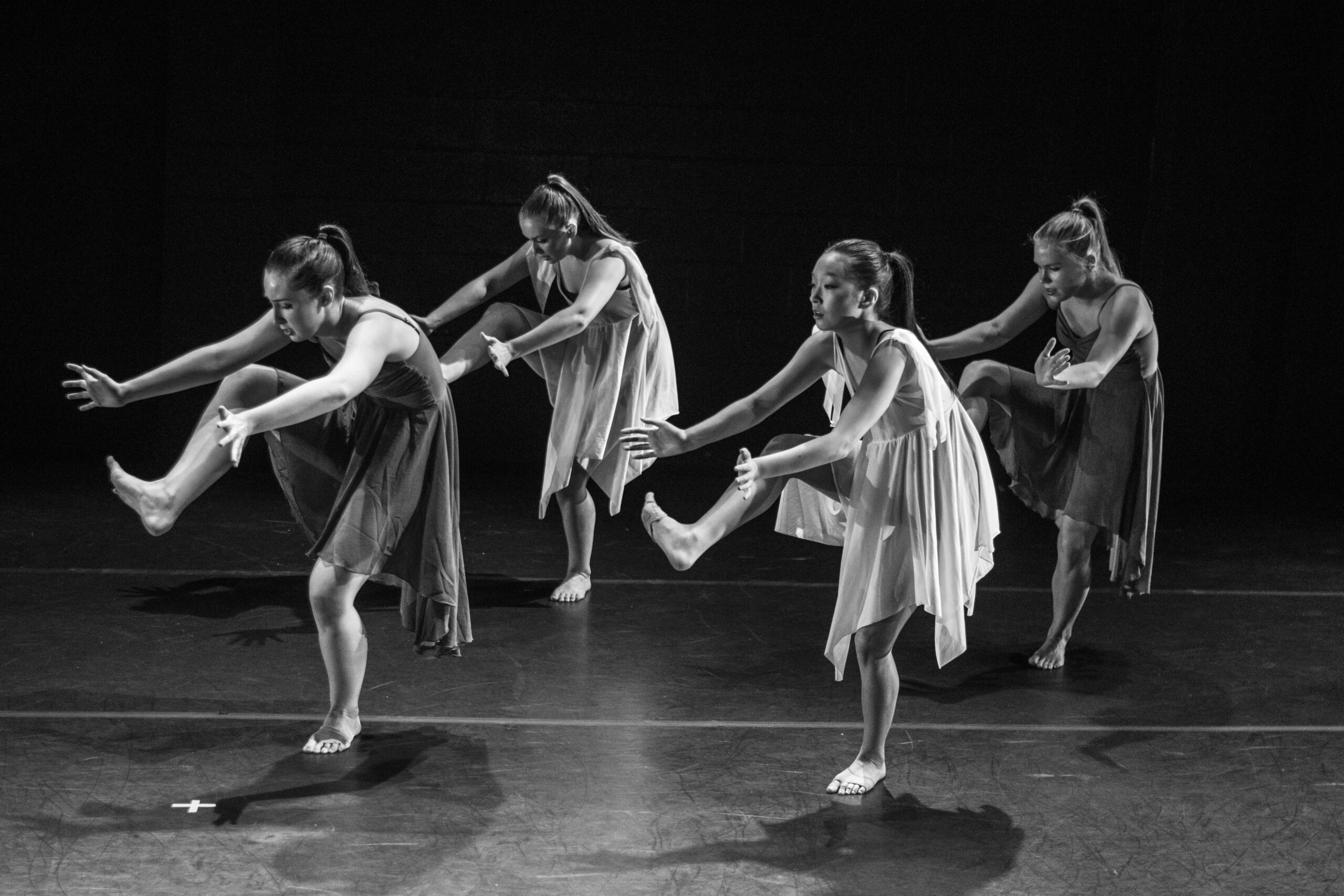Are you ready to dazzle the judges and secure that coveted perfect score? Look no further! We’ve compiled the ultimate guide to help you achieve showmanship perfection at your next dance competition. From captivating choreography to impeccable stage presence, we’ll walk you through every step of the journey. Get ready to wow the crowd and leave a lasting impression with our expert tips and tricks.
I’ve learned through years of dance and theater practice that human emotions are incredibly nuanced, and while we often think of facial expressions as the primary indicators of how someone feels, there’s so much more to it than meets the eye. Literally!
Let’s take a journey through the fascinating world of body language, focusing on the clavicle, shoulders, sternum, and chin. These seemingly ordinary parts of our anatomy play a crucial role in conveying emotions, whether on stage or in everyday life.
The Clavicle: Gateway to Expression
First up, let’s talk about the clavicle, or as we affectionately call it in the dance world, the “third eye.” Positioned between the center of the clavicle and the shoulders, this area holds significant power in expressing emotions. When the chin is pushed forward, it signals aggression, a bold assertion of dominance. Picture a dancer in a fierce routine, chin held high, ready to conquer the stage. It’s a powerful stance that commands attention and respect.
Conversely, when the chin is pulled away, creating distance between it and the clavicle, a sense of passiveness emerges. This subtle movement suggests a reluctance to engage, a desire to retreat from confrontation or intensity. Imagine a dancer in a softer routine, shoulders slumped, chin tucked in, conveying vulnerability and submission. It’s a poignant display of emotional fragility, inviting empathy from the audience.
The Shoulders: Pillars of Strength
Now, let’s shift our focus to the shoulders. Much like the clavicle, their position speaks volumes about our emotional state. When the sternum and clavicle cave in, causing the shoulders to slouch, it creates a weighted, almost depressed demeanor. This posture reflects inner turmoil, a sense of burden weighing heavily on the soul. Think of a dancer moving with a heavy heart, shoulders hunched, struggling to lift the weight of their emotions. It’s a raw, vulnerable expression that resonates with anyone who has experienced hardship.
On the flip side, when the clavicle and sternum are pushed forward, the shoulders follow suit, projecting an aura of courage and confidence. Picture a performer on stage, chest lifted, shoulders squared, exuding an undeniable sense of strength and resilience. It’s a posture that inspires awe and admiration, inviting others to stand tall and face their own challenges head-on.
The Sternum: Heart of the Matter
Ah, the sternum, the very core of our being. Its position plays a crucial role in conveying emotions authentically. When it caves in, creating a concave shape, it symbolizes vulnerability and insecurity. This posture suggests a reluctance to open up, a fear of exposing one’s true self to the world. Imagine a dancer curling inward, protecting their heart from further pain, a poignant portrayal of emotional guardedness.
Conversely, when the sternum is pushed forward, it creates an open, expansive stance that radiates confidence and courage. This posture signifies a willingness to embrace vulnerability, to let the light in and share one’s authentic self with the world. Picture a performer standing tall, sternum lifted, arms outstretched, basking in the warmth of self-acceptance. It’s a powerful display of inner strength and resilience that inspires others to do the same.
The Chin: Window to the Soul
Last but not least, let’s talk about the chin, our window to the soul. Its position can make all the difference in how emotions are perceived. When the chin is lifted, it exudes confidence and pride, a fearless declaration of self-worth. Imagine a dancer gazing boldly into the audience, chin held high, eyes ablaze with determination. It’s a posture that commands attention and respect, leaving a lasting impression on all who behold it.
On the other hand, when the chin is lowered, it conveys humility and introspection, a quiet acknowledgment of one’s own imperfections. This posture invites empathy and understanding, creating a deep emotional connection with the audience. Picture a performer bowing their head in reverence, chin tucked in, a gentle reminder of the beauty found in vulnerability. It’s a humble gesture that speaks volumes about the depth of human experience.
Bonus: Transitioning Between Positions: The Evolution of Emotion
Transitioning between different chin, sternum, shoulder, and clavicle positions is not just about static expression; it’s about the dynamic evolution of emotion, crucial for the audience to understand how our characters develop throughout the performance.
Imagine a dancer starting with a chin pushed forward, sternum lifted, shoulders squared—a stance of confidence and bravado. As the dance progresses, subtle shifts occur. The chin softens, the sternum relaxes, and the shoulders gently slump, signaling a vulnerability creeping in. This gradual transition hints at the character’s internal struggles, their facade of strength crumbling under the weight of uncertainty.
But then, just as quickly as it came, a change sweeps over the dancer. The chin lifts once more, the sternum expands, and the shoulders square off with newfound determination. It’s a triumphant moment, a testament to the character’s resilience and growth. Through these fluid movements, the audience witnesses the full spectrum of human emotion, from defiance to vulnerability to triumph.
And it’s not just about the individual dancer; transitions between positions can also convey the dynamic relationships between characters. Picture a duet where one dancer mirrors the other’s movements, seamlessly transitioning between shared emotions. As one character’s chin pushes forward in defiance, the other’s chin retreats in submission, creating a captivating dance of contrast and connection.
In essence, transitioning between chin, sternum, shoulder, and clavicle positions adds depth and complexity to our performances. It allows us to tell a story, to take the audience on a journey through the highs and lows of human experience. So the next time you step onto the stage, remember the power of transitions. Let them guide you as you weave a tapestry of emotion, leaving the audience spellbound by the beauty of your expression.

